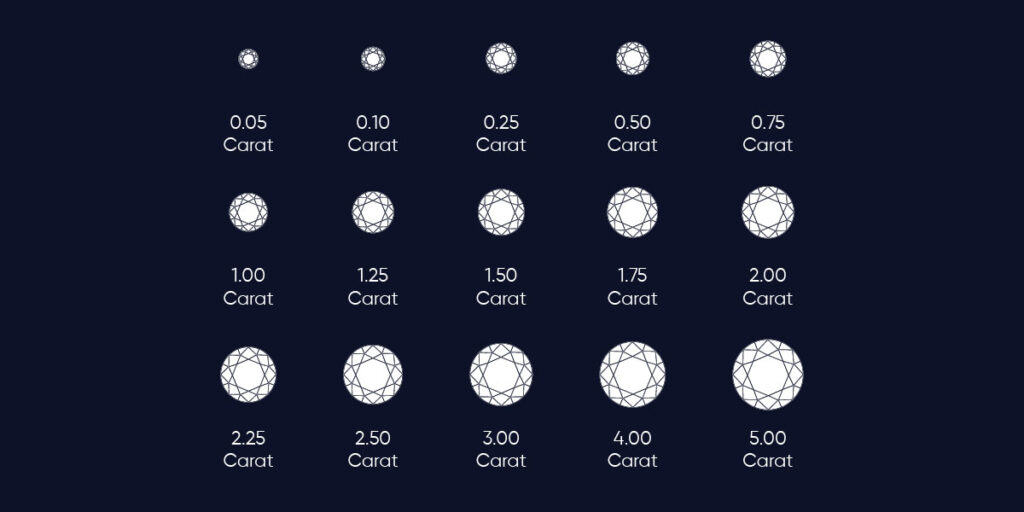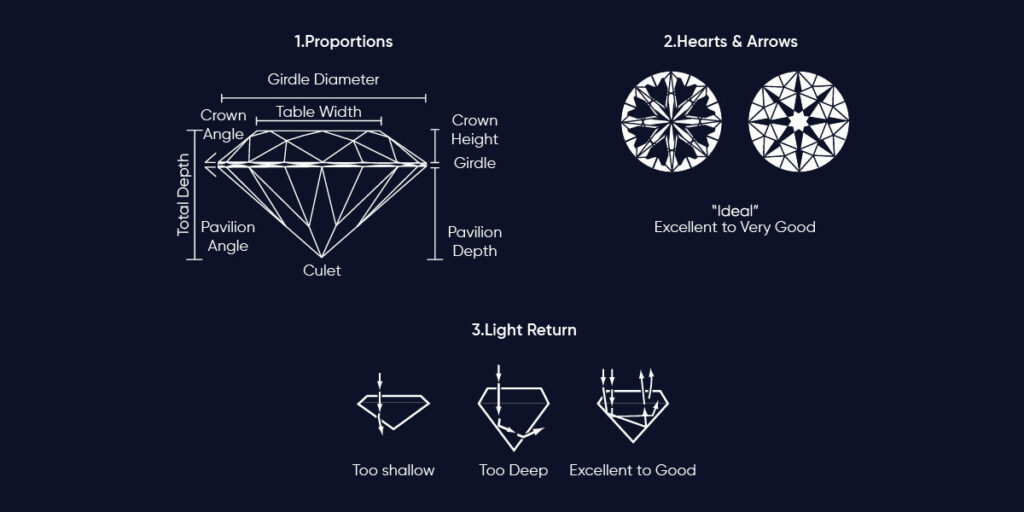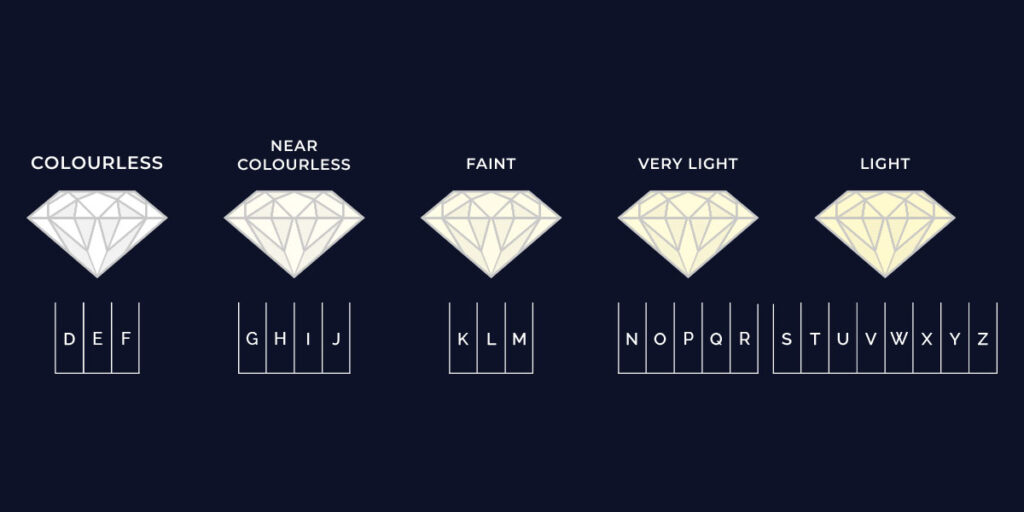When it comes to diamonds, the 4Cs—Carat, Cut, Clarity, and Color—are the universal standard for assessing the quality and value of a diamond. Whether you’re a first-time buyer or a seasoned collector, understanding these four characteristics will help you make an informed decision. Let’s dive into each of the 4Cs to see how they impact a diamond’s appearance and value.
Carat Weight
Carat weight measures the size of a diamond, with one carat equaling 0.2 grams. It’s easy to assume that bigger is always better, but that’s not necessarily the case. The carat weight should be balanced with the other three Cs. A smaller diamond with excellent cut, clarity, and color can often outshine a larger stone.
While carat weight significantly impacts the price, it’s essential to consider how it pairs with your chosen setting. For instance, a well-designed setting can make a smaller diamond appear larger, maximizing its impact without the extra cost. This is especially important for those who prefer a more understated yet elegant look.

Cut
The cut of a diamond refers to how well the stone has been shaped and faceted. Unlike the other Cs, cut is influenced by human craftsmanship. A well-cut diamond will reflect light internally from one facet to another, creating that dazzling sparkle we all love.
Cuts are graded from Excellent to Poor. A diamond with an Excellent or Very Good cut will appear much brighter and more brilliant than a poorly cut stone, even if they have the same carat weight and clarity. The most popular cut shapes include round, princess, emerald, and oval, each offering a unique blend of brilliance and style.

Clarity – Nature’s Fingerprint
Clarity measures the purity of a diamond, considering internal characteristics known as inclusions and external features called blemishes. Since diamonds are formed under extreme heat and pressure, most have inclusions or blemishes to some degree.
Clarity is graded on a scale from Flawless (no inclusions or blemishes visible under 10x magnification) to Included (inclusions visible to the naked eye). While Flawless diamonds are incredibly rare and expensive, many inclusions are microscopic and don’t affect a diamond’s beauty. Choosing a diamond with Slightly Included (SI1 or SI2) clarity can offer great value, as these imperfections are typically not visible without magnification.

Color
The color of a diamond is graded on a scale from D (colorless) to Z (light yellow or brown). The less color a diamond has, the rarer and more valuable it is. Colorless diamonds allow more light to pass through them, resulting in a more brilliant sparkle.
However, near-colorless diamonds (graded G through J) can offer a great balance between beauty and value. In fact, when set in yellow gold, these diamonds can appear just as stunning as a colorless stone, making them a popular choice for engagement rings and other fine jewelry.

Balancing the 4Cs for the Perfect Diamond
When selecting a diamond, it’s crucial to balance the 4Cs according to your personal preferences and budget. While some may prioritize carat weight, others might find cut or color more important. Ultimately, the best diamond for you is one that aligns with your unique style and values.
By understanding the 4Cs, you’ll be better equipped to choose a diamond that not only looks stunning but also offers the best value for your investment. Whether you’re drawn to a small carat with big impact or a flawlessly clear stone, the 4Cs will guide you in making a choice that will be cherished for a lifetime.